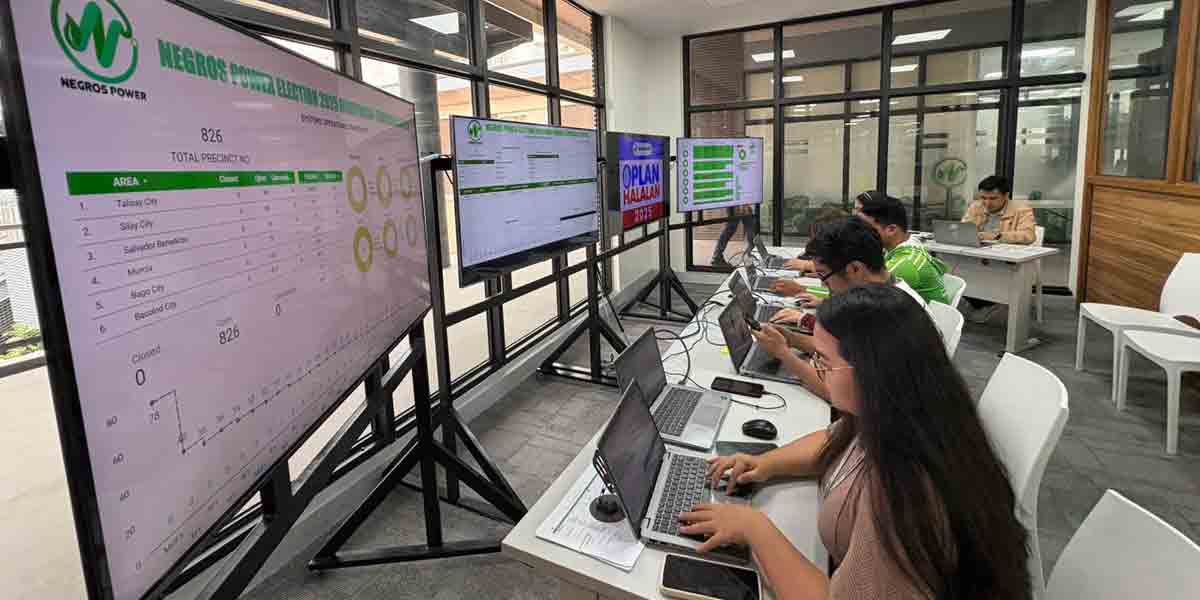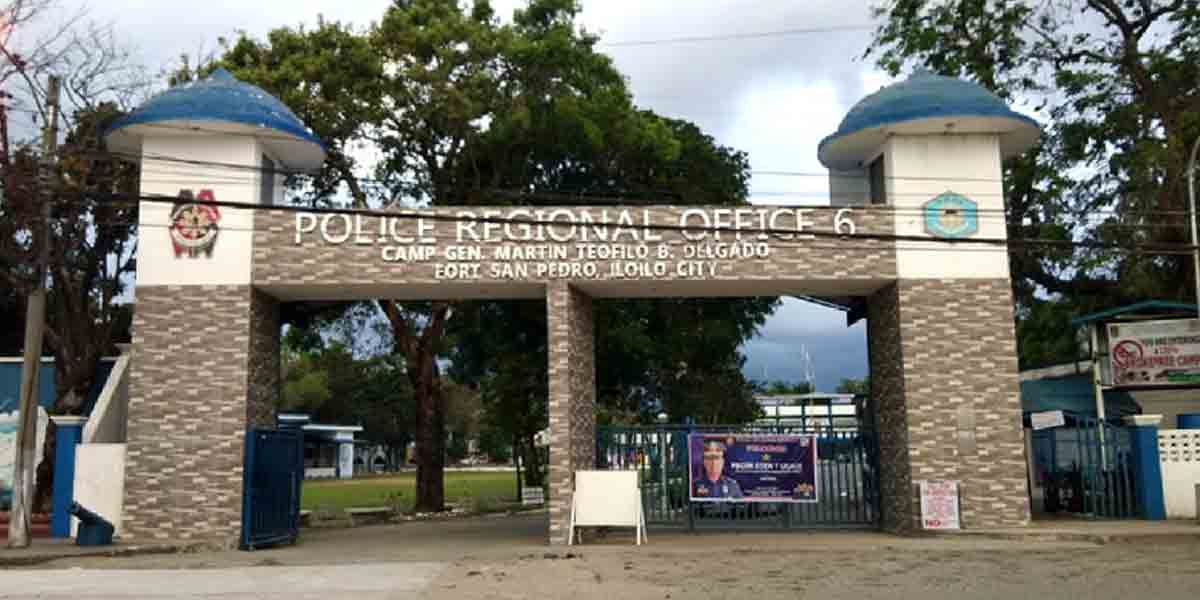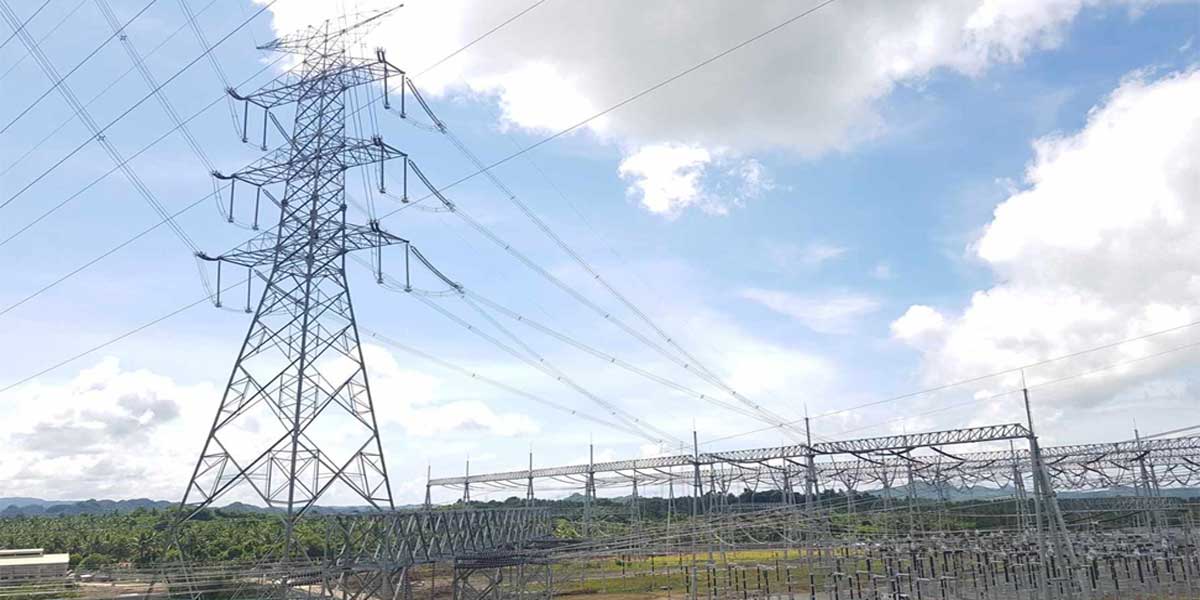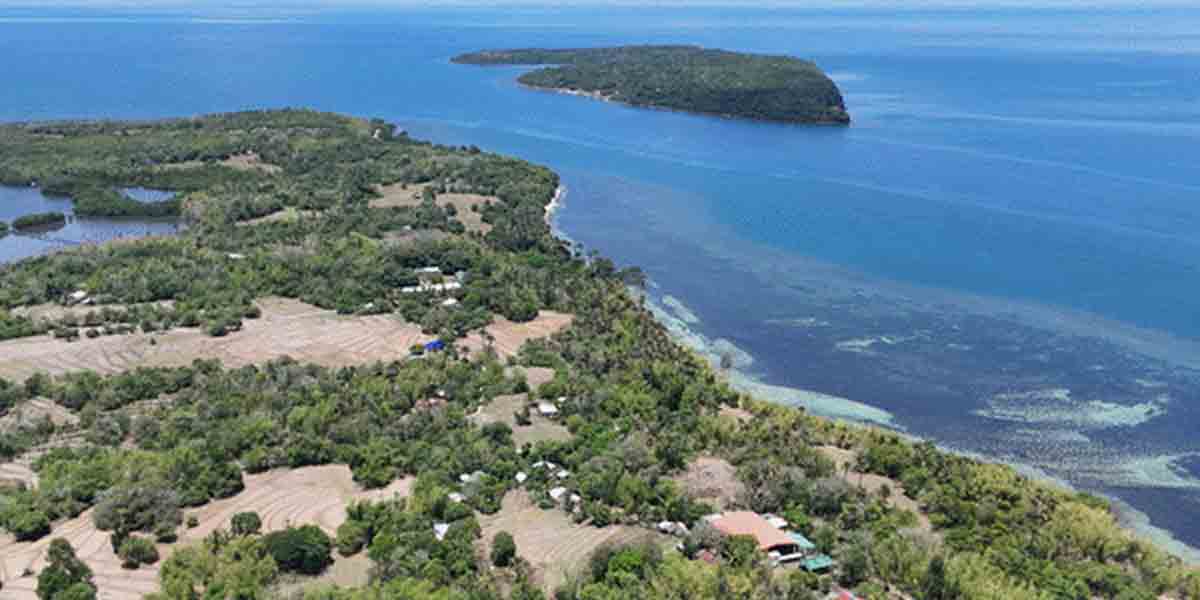By Ray Adrian Cadiz Macalalag
If there is one piece of infrastructure that seemed to appear out of nowhere, it would be the Iloilo Sunset Boulevard. Officially opened on January 24, 2025, this 4.99 kilometer stretch connects Iloilo City with the municipality of Oton in Iloilo Province. Though it was originally known as the Iloilo North Bank Road, it was launched with a more picturesque name that masks its utilitarian nature.
Despite being labeled a boulevard, the road functions more as a diversion route. It provides much needed access to Oton, especially since the traditional corridor passing through the Molo and Arevalo plazas can no longer accommodate growing traffic. This role is similar to that of Senator Benigno S Aquino Avenue, known more widely as the Iloilo Diversion Road. That road provided a vital link to the Iloilo-Capiz Road from the city proper to Barangay Sambag in Jaro. Over time, it evolved. Initially a simple four-lane road, it eventually expanded with added lanes, service roads, and protected bike lanes. This transformation took more than a decade. People adjusted gradually. Unfortunately, this also came at a cost, including crashes, fatalities, and delayed responses from authorities.
In contrast, the development of Iloilo Sunset Boulevard feels like a story told in fast forward. It skipped the natural progression of infrastructure and jumped straight into full functionality without allowing the road to define its purpose. Everything and everyone descended upon it all at once. The result has been chaos. Congestion, collisions, deaths, turf wars, unclear policies, and confusion all emerged in a matter of months.
Infrastructure typically follows a life cycle: birth, growth, and maturity. The birth stage involves planning, careful alignment, and the introduction of a basic version of the road. This approach helps match investment with actual demand and keeps early maintenance costs manageable. The growth stage comes with increased usage, prompting widening or enhancement of the road. Finally, maturity is marked by stable traffic patterns and long term integration that includes multimodal design and inclusive planning.
The Iloilo Diversion Road clearly followed this life cycle. It started with a modest design. As demand increased, enhancements were introduced. It grew in response to need. People had time to understand and adapt. Its growth was steady, and although it faced challenges, those challenges were spread across time.
So where does that leave Iloilo Sunset Boulevard in this cycle? It is difficult to say. The road was delivered fully formed, with features that overwhelmed its users. Is it a scenic hangout spot? A bypass route to Oton? A place for food carts? Are there rules? What are those rules? Should there be rules? This confusion created an environment ripe for conflict. Crashes occurred. People were hurt. Policies were put in place only after problems emerged.
Although the noise has quieted in recent weeks, the damage has already been done. The premature birth of Iloilo Sunset Boulevard has made it feel like its sunset has come far too early. This boulevard needs a rebirth. And this time, it must follow a more thoughtful and phased approach.
The experience of Iloilo Sunset Boulevard should remind us that just because something can be built quickly, does not mean it should be. Infrastructure must be allowed to grow. Its identity and function must emerge over time. Otherwise, we risk building roads to nowhere, not just in space but in purpose.





















